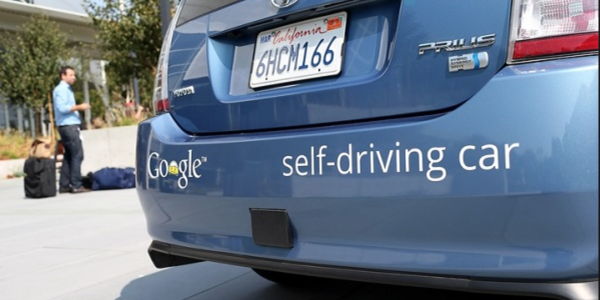Automobiles are increasingly being automated, reducing active ongoing input from a human. The impact to automotive marketing will be significant, which requires us to give it a great deal of consideration.
The challenge for auto marketers is how to start aligning your marketing vernacular with this paradigm shift. This is no longer a repositioning or changing the conversation based on a new feature, a model refresh or an ‘all-new’ vehicle. This is a fundamental reset of what it means to be a driver.
Traditionally, marketing in the automotive category has always focused on a core set of driving benefits: sensory (interior, environmental, sound), performance (engine, drivetrain, handling, harshness and vibration), safety (passive and active systems, body materials, driver awareness support), style (design, exterior aesthetics, exclusive ornamental features), and tech (nav systems, device connect, keyless entry).
Semi or fully autonomous cars theoretically eliminate the distinct perceived value of safety and performance as individual benefits by merging them with tech. Safety becomes something managed by the system in the background (as it is many orders of magnitude better at it). A high-performance engine or sport suspension isn’t necessary when the system optimizes your trip for fuel economy or navigates a busy highway with start and stop traffic. The product features that fall under the domain of the automated systems slip into the background as they are no longer salient for the driver. Current technology still requires a driver to be engaged behind the wheel as a backup for the semi-automated systems, however just like we have willingly moved our cognitive load to the cloud we will increasingly be more willing to hand our driving load over to the car. Just ask anyone with a back-up camera if they still twist around in their seat.
What driving construct can we build with new sensory, style and tech benefits? Here are some hypotheses that stretch a bit into the future to enable us to work back to something more near term:
One: The disconnected driver. The antithesis of the engaged driver, the vehicle fades into the background and the activities one can do while in the vehicle are foreground. The product is an enabler that is invisible except as a means to enhanced productivity or personal goals.
Two: Extending (fusion). Embracing the cyborg model, here our senses are extended and the driver is one with the car. The driver is operating with increasing levels of assistance until there is little to differentiate the person from the vehicle.
Three: Benefits inversion. Elevating style and sensory as primary benefits. Tech becomes table-stakes. Similar to the airline industry, where what plane you are flying in matters far less than the service, the inflight amenities and the end destination.
Four: The post-car network. The concept of an individual ‘car’ is gone. You simply travel, and the network of vehicles is bigger than the parts. Messaging focuses on the ecosystem: interconnectivity, nodes, point-to-point distances, data transfer, where the network can place you at a given point in time.
In the near term, all of these options require us to think about engagement through participatory verbs, not control verbs. We are no longer driving centric, but location centric (where you are at a point in time) or status centric (what you are doing) or identity centric (who you have become). In broader terms we can begin to speak less about the act of driving and more about what being in a car that is driving itself does for/to you.
It won’t be easy. As we saw when Mercedes Benz pulled an ad from the market this summer, marketers need to be very careful with the way they position this new paradigm to avoid over promising and potentially confusing consumers or compromising their safety.
Most importantly, we need move beyond the loss of a part to play in the act of driving and talk instead about transcending another barrier to progress: where cars originally helped us erase distances, now they erase the effort involved in covering that distance. When we find the right language and the right construct to communicate that idea, it will become completely acceptable to never drive again.
Scott Suthren is VP of planning at Cheil Canada











